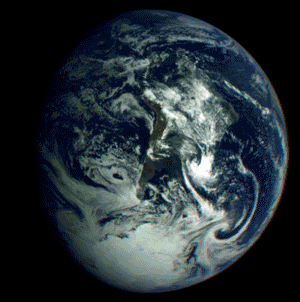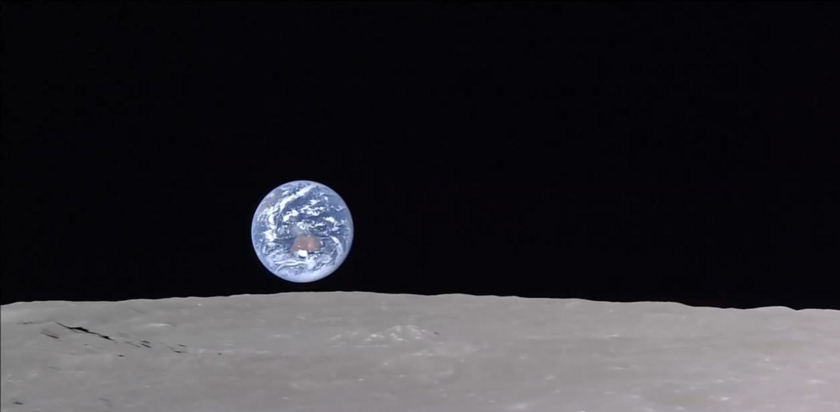Small correction: what's coming up in November is a comet.Nice, thanks!
Man, I really hope that meteor in November doesn't disappoint.
http://en.wikipedia.org/wiki/Comet_ISON
Small correction: what's coming up in November is a comet.Nice, thanks!
Man, I really hope that meteor in November doesn't disappoint.
If you don't mind me asking, what do you do there?
He browses GAF

No problem. It's nothing big, I'm just an intern honestly. I work in a biology area, basically.
He browses GAF
Any kind of job, even an internship, at NASA could be kinda awesome I'd imagine.
Ha, I should have been more specific, like, what does he do at NASA that he DOESN'T do outside of work, haha.
I won't argue with that.
A little more specifically, I'm helping out with origin of life research.
I'm helping out with origin of life research.
I won't argue with that.
A little more specifically, I'm helping out with origin of life research.
I won't argue with that.
A little more specifically, I'm helping out with origin of life research.
HERETIC
Higgs-Boson related in any way?
You're not making X-wings? Bah, your avatar would've fit that well.
Origin of life research?
Astrobiology or something like that?
No? That's a physics thing, iirc. Like CERN and Hadron Collider, yeah? There were no particle accelerators in my lab the last time I checked.
Ah gotcha. I hear origin of life and I start thinking origin of all life.
Well, origin of life does mean that: the origin and evolution of all living organisms. I think you're thinking about the origin of universe & matter kind of stuff, not "life," right?

Halley's Comet Legacy: Photos of Eta Aquarid Meteor Shower
Astrophotographer Justin Ng of Singapore sent in a photo of an Eta Aquarid meteor taken at Mount Bromo, East Java, Indonesia, May 5, 2013.

Earth rotates under Galileo.

As Galileo receded from its first flyby of Earth on December 11 and 12, 1990, it took images of Earth in six different filters almost every minute over a 25-hour period. The animation here includes images taken once an hour, representing about a tenth of the full number of frames.
Earth rotates under Galileo.

As Galileo receded from its first flyby of Earth on December 11 and 12, 1990, it took images of Earth in six different filters almost every minute over a 25-hour period. The animation here includes images taken once an hour, representing about a tenth of the full number of frames.
There are few sights, if any, that are more beautiful to my eyes than our planet in its entirety ("the blue marble") from space.
Is there a link where I can see more of these images taken by Galileo?


Leaving is bittersweet. It's been an unbelievable ride. Can't wait to see what's next!
These 2 videos from youtube. All recorded in 4k,simply amazing looking.
Hypnotic Solar Explosions in 4k
The Curvature, Earth from Space in 4k (UHD)
We have two years of data that has yet to be searched through, said Borucki, Im optimistic that the data we have well be able to accomplish Keplers mission of finding another Earth. We believe that in the next couple of years we will have many more exciting discoveries with respect to finding planets.
Boricki added that while hes delighted that they have found so many planetary candidates, on the other hand I would have been even happier if it had continued another four years. That would have been frosting on the cake, he said, but we have an excellent cake right now.
Kepler has found over 2,700 planetary candidates, with 130 confirmed planets, from the size of Earths moon to larger than Jupiter.

Three X-class flares in 24 hours.
The sun emitted a third significant solar flare in under 24 hours, peaking at 9:11 p.m. EDT on May 13, 2013. This flare is classified as an X3.2 flare. This is the strongest X-class flare of 2013 so far, surpassing in strength the two X-class flares that occurred earlier in the 24-hour period.
The flare was also associated with a coronal mass ejection, or CME. The CME began at 9:30 p.m. EDT and was not Earth-directed. Experimental NASA research models show that the CME left the sun at approximately 1,400 miles per second, which is particularly fast for a CME. The models suggest that it will catch up to the two CMEs associated with the earlier flares.
The merged cloud of solar material will pass by the Spitzer spacecraft and may give a glancing blow to the STEREO-B and Epoxi spacecraft. Their mission operators have been notified. If warranted, operators can put spacecraft into safe mode to protect the instruments from solar material.


Droplets orbiting a needle in space
I watched this video: The Beauty of Space Photography | Off Book | PBS
And saw a few images that I don't think I've seen before, I took screen captures:
On a second thought, only the first and second one might be new to me. Anyone recognize them?
Maybe even more breath taking.These look great; wonder how they would look in natural color to the human eye.
Maybe even more breath taking.
No way... I didn't think you could so easily see the effects of gravity on such a small scale. I need to see the source of that.
Damn that's fucked up man. Fuck u space.Eh? Probably like black gas cloud. Or not visible at all.
Don't think they reflect visible light.
Damn that's fucked up man. Fuck u space.
I understand our color spectrum as humans is very limited, but do you think most things out there in space would be basically black to our eyes.
No way... I didn't think you could so easily see the effects of gravity on such a small scale. I need to see the source of that.
Ok whelp thanks for the pics NASA, i mean cock tease lol.Think? Nah, i know it.
These nebulas are really big. The closest stars can be quite far away. The gas is spread thin... it ain't going to reflect light much.
Ok whelp thanks for the pics NASA, i mean cock tease lol.
Hopefully we'll run into some intelligent life to balance that disappointment.I recall someone saying something like that before here on NeoGAF about some space pics.
Most people really don't know that nebulas are not brightly colored, because "natural" pics are never shown AFAIK. How the humanity will be disappointed when we venture to stars.
Hopefully we'll run into some intelligent life to balance that disappointment.
^Now think about this. It's stars out there that make our sun look the size of the earth.

^Now think about this. It's stars out there that make our solar system look the size of the earth.
It's soo fucking unbelievable man! Are there giant humanoids out there? Shit!Fixed.
